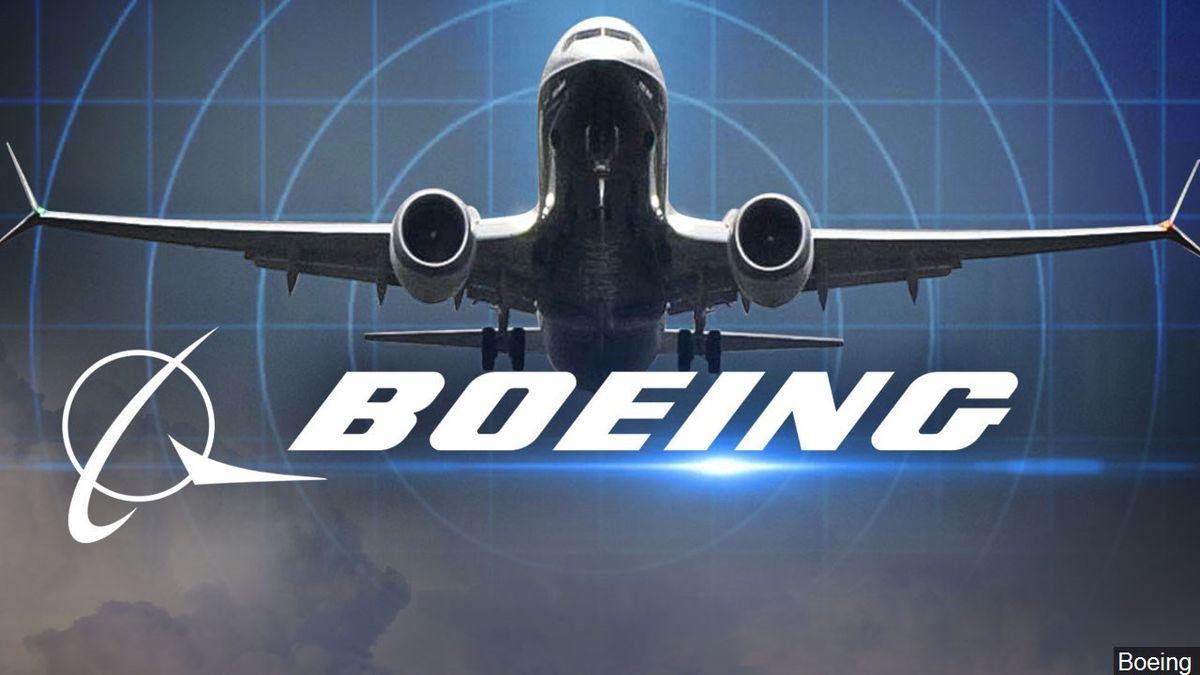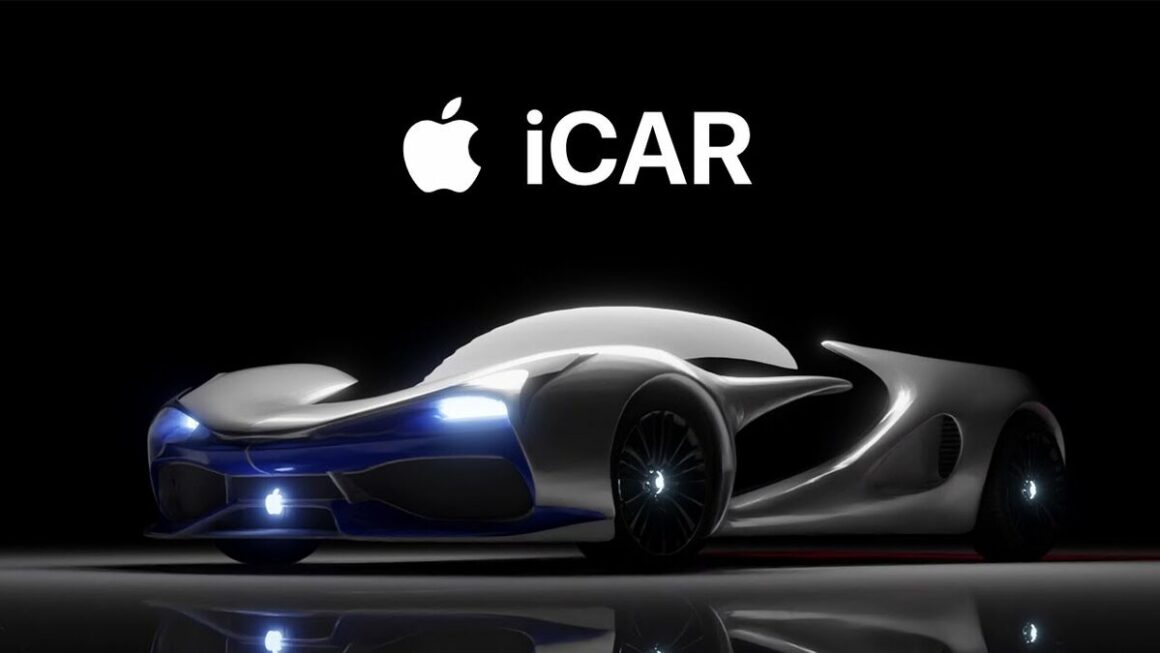“Your Wings already exist. All you have to do is to fly”
This quote perfectly reflects the journey of Boeing. Founded by William Edward Boeing in 1916 who earlier used to run timberland in the northwest of the USA at Olympic Peninsula selling the wood to the east coast of the USA by taking them through the newly constructed Panama Canal. Being in the lumber operations, he developed an interest in machines and would experiment with boat designs. His interest in machines has taken him to the Alaska-Yukon-Pacific Exposition in 1909 where he saw the “flying machine” for the first time. He started learning flying lessons and soon started the flight manufacturing company called Pacific Aero Products Co. in 1916 along with his friend George Conrad Westervelt near Seattle.
The much-needed jump
“In the midst of chaos, there is also opportunity” – Sun Tzu
For any start-up, it takes some time to get some profitable income. Fortunately for William, World War 1 had begun just one year after the inception of the company and secured an order of 50 planes from the US navy. This had helped the company to grow at a much faster rate. The company is renamed Boeing Airplane Company.
After the war, the company was involved in building commercial planes and supply Airmail service along with small passenger services.
The Unexpected Split
In 1929, William Boeing of the Boeing firms teamed up with Frederick Rentschler of Pratt & Whitney to form a large, vertically-integrated, amalgamated firm called United Aircraft and Transport Corporation (UATC) that is intended to serve all aviation markets like the building of aircraft engines, spares, passenger services, mails, military planes, etc.
But in 1934 on the outbreak of the Air Mail scandal, the US government passed the US Air Mail Act which has directed the companies to separate the manufacturing divisions from the flight operations.
This has forced the UATC to split up into 3 entities:
- The eastern manufacturing wing – United Technologies Corporation
- The western manufacturing wing – The Boeing Airplane Company
- The Flight Operations – United Air Lines
William disinvested himself from the other two entities and restricted himself to the Boeing company.
Yet the fragmented aviation industry got another opportunity to shine in 1936 with limitless demand for warplanes with the advent of World War 2. This is the time in history when the Boeing company got really successful.
The Rise to the sky
The ’60s and ’70s marked the race for space and the cold war between the nuclear giants. Boeing entered the space industry by building launching platforms, satellites, etc.
The ’80s and ’90s paved the way for entering into different industries like agriculture, engineering, etc with the main focus on plane building.
By the end of the 20th century, in 1997 with the Acquisition of McDonnell Douglas, Boeing renamed itself from Boeing Airplane Company to The Boeing Company.
Thus Boeing established itself as a market leader in the aviation industry.
The advent of the Rivals
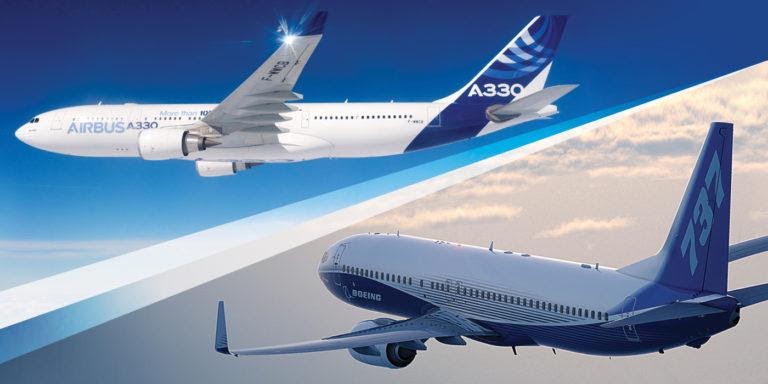
With the domination of US firms in the civil aviation industry, the European Union countries came up with a collaborated effort to form ‘Airbus’ in the year 2000. Due to globalization, regional manufacturers like Embraer of Brazil, Bombardier of Canada, COMAC of China have also begun occupying this space. On the other hand, Lockheed Martin, a US aerospace and defense manufacturing company formed in 1995 has started taking up the Military space of the industry.
Also Read: Airbus – The Aerospace Pioneer That Moves The World
Businesses of Boeing
Revenues as of 2019
- Boeing Commercial Airplanes (BCA) – $45.6 Billion (49%)
- Boeing Defense, Space & Security (BDS) – $27.4 Billion (29%)
- Boeing Global Services – $19.0 Billion (20%)
- Boeing Capital – $ 0.3 Billion (<1%)
The rest account for less than 1 % of revenue.
Engineering, Test & Technology
- Boeing Shared Services Group
- Boeing NeXt – explores urban air mobility
4P’s of the Marketing mix for Boeing
Product: Boeing offers a wide range of products to its customers depending upon the requirement.
For example, Civil aircrafts like Boeing 727,737 for short-haul flights, Boeing 747,777 for long-haul flights.
Space vehicles like Lunar Orbiter Spacecraft, Apollo Lunar Spacecraft, Delta Rocket, Mercury Spacecraft, Saturn V Moon Rocket etc.
Price
Boeing products are often projected as premium products and the company follows a very competitive pricing strategy. In civil aviation industry, Boeing and Airbus have a duopoly and the pricing of one product depends upon the another.
Eg:
| Boeing | Airbus |
| 737 Max 7 – $96 million | A220-300 – $89.5 million |
| 777X-8 – $394.9 million | A350 – 1000 – $366.5 million |
Place
Boeing has 7 factories across the world with various distribution centers for spare parts that are strategically located. Most of the international flights are of Boeing and the company had made sure that all the airlines would have access to the spare parts whenever needed. The airlines can order them online.
Promotion
Most of the manufacturing companies rely on the air shows that are held worldwide for the promotion of their products. In addition to that Boeing also sponsor some of the events to increase its visibility among the airline customers. It also spends money on making TV commercials so that even normal people can recognize the plane when spotted.
SWOT Analysis of Boeing
Strength
|
Weakness
|
Threat
|
Opportunity
|
The Way Ahead
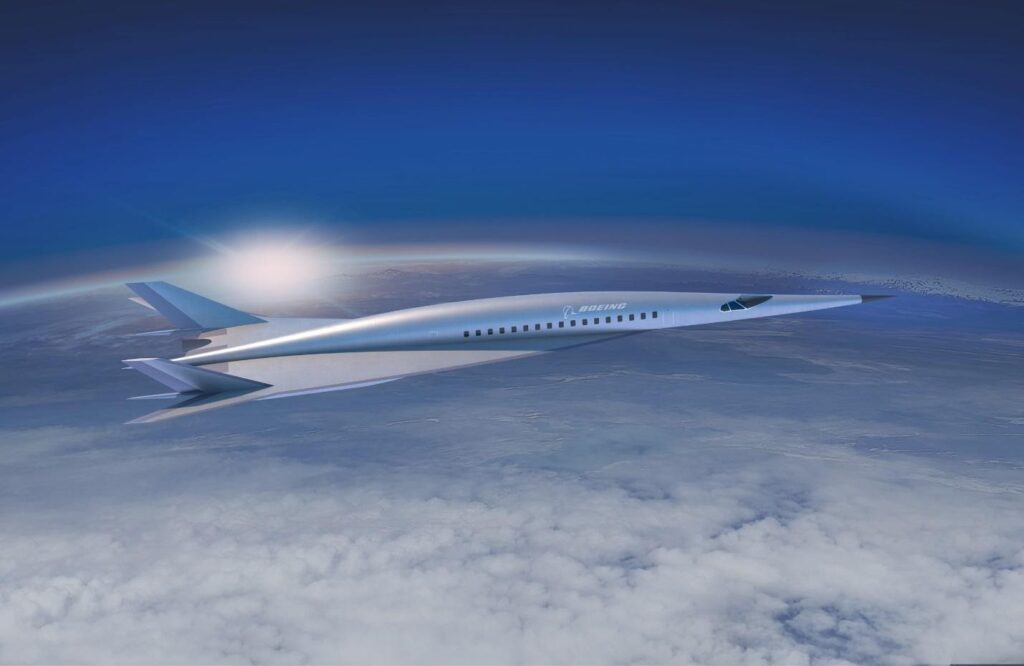
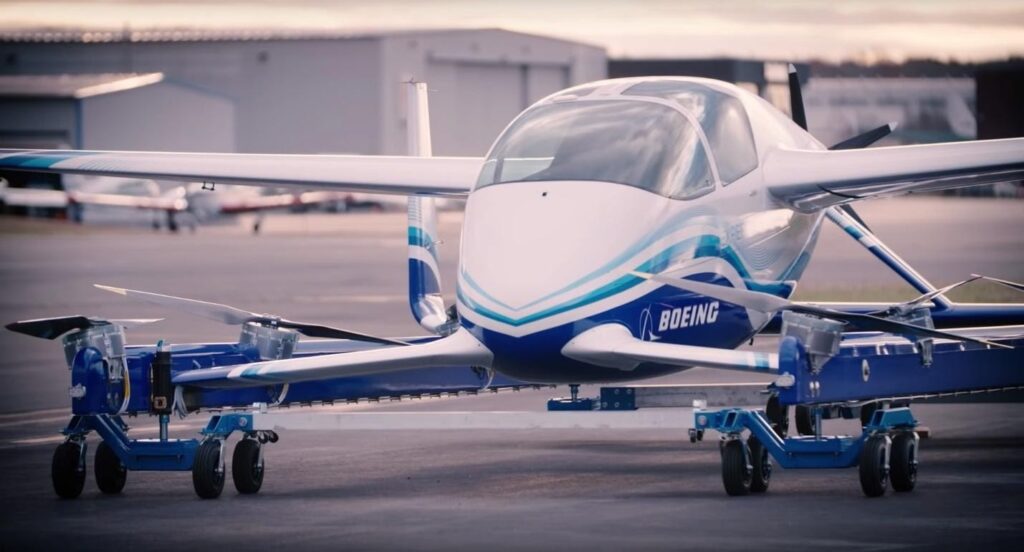
The recent failure of the Boeing 737Max model and the pandemic has created a lot of uncertainty in the industry. Boeing, still the market leader, can use its strengths to leverage the situation as it does with the introduction of the Iconic 747 aircraft which revolutionized air travel. Boeing should adapt itself to the needs of airlines complying with the environmental, safety norms. R&D of the aspects like electric aircraft, supersonic aircraft could revolutionize the way people travel.
To read more content like this, subscribe to our newsletter.
